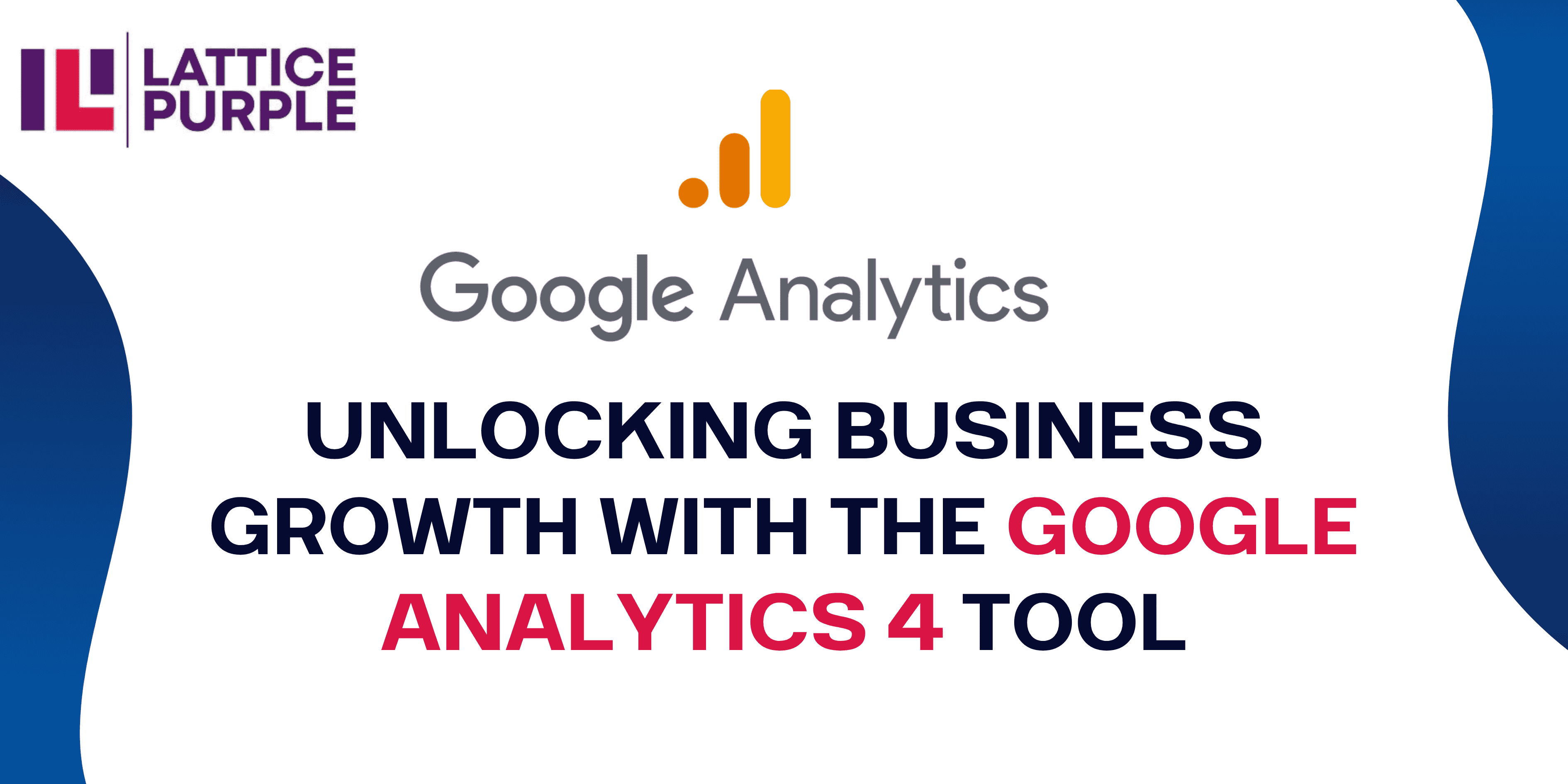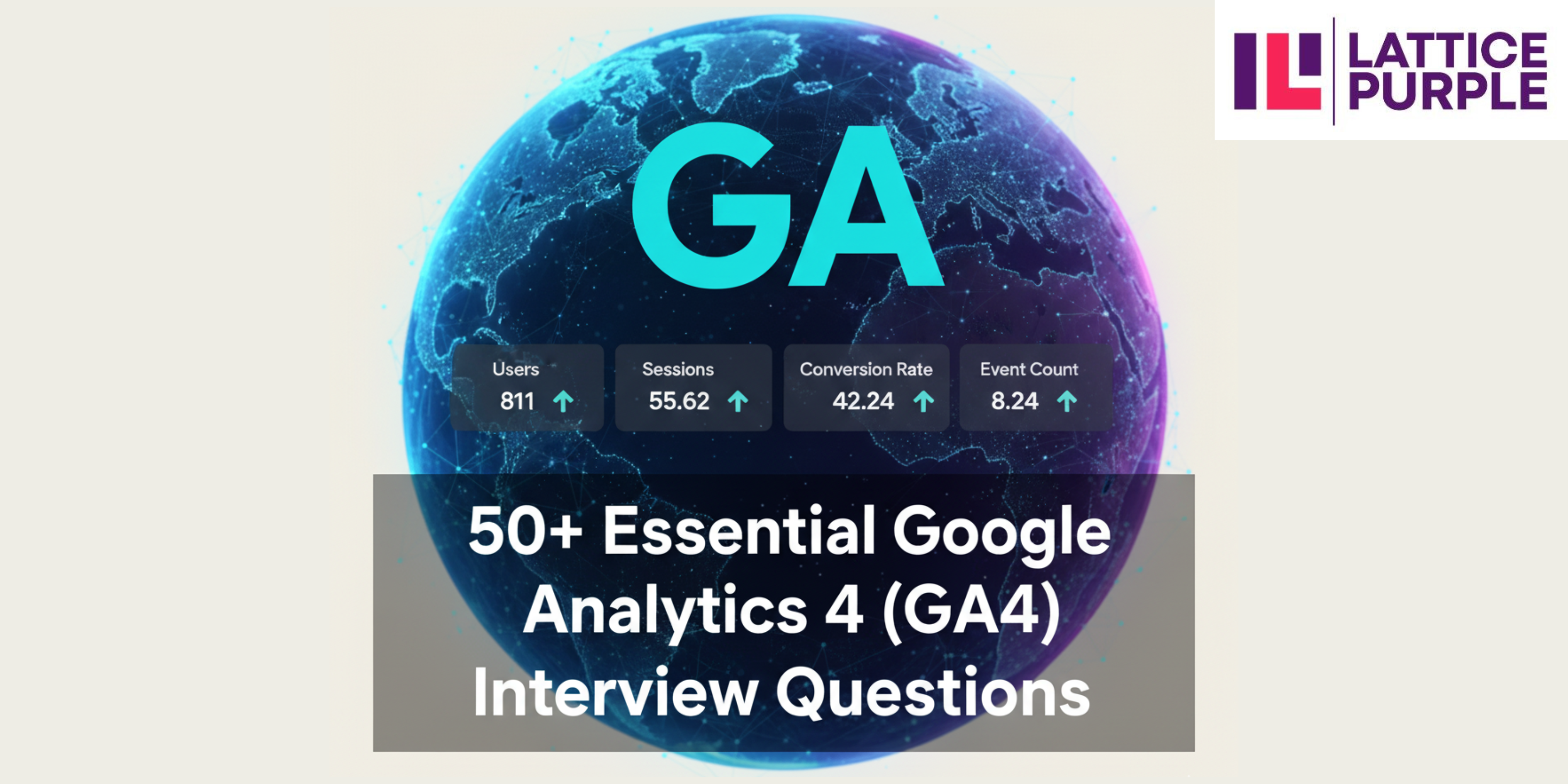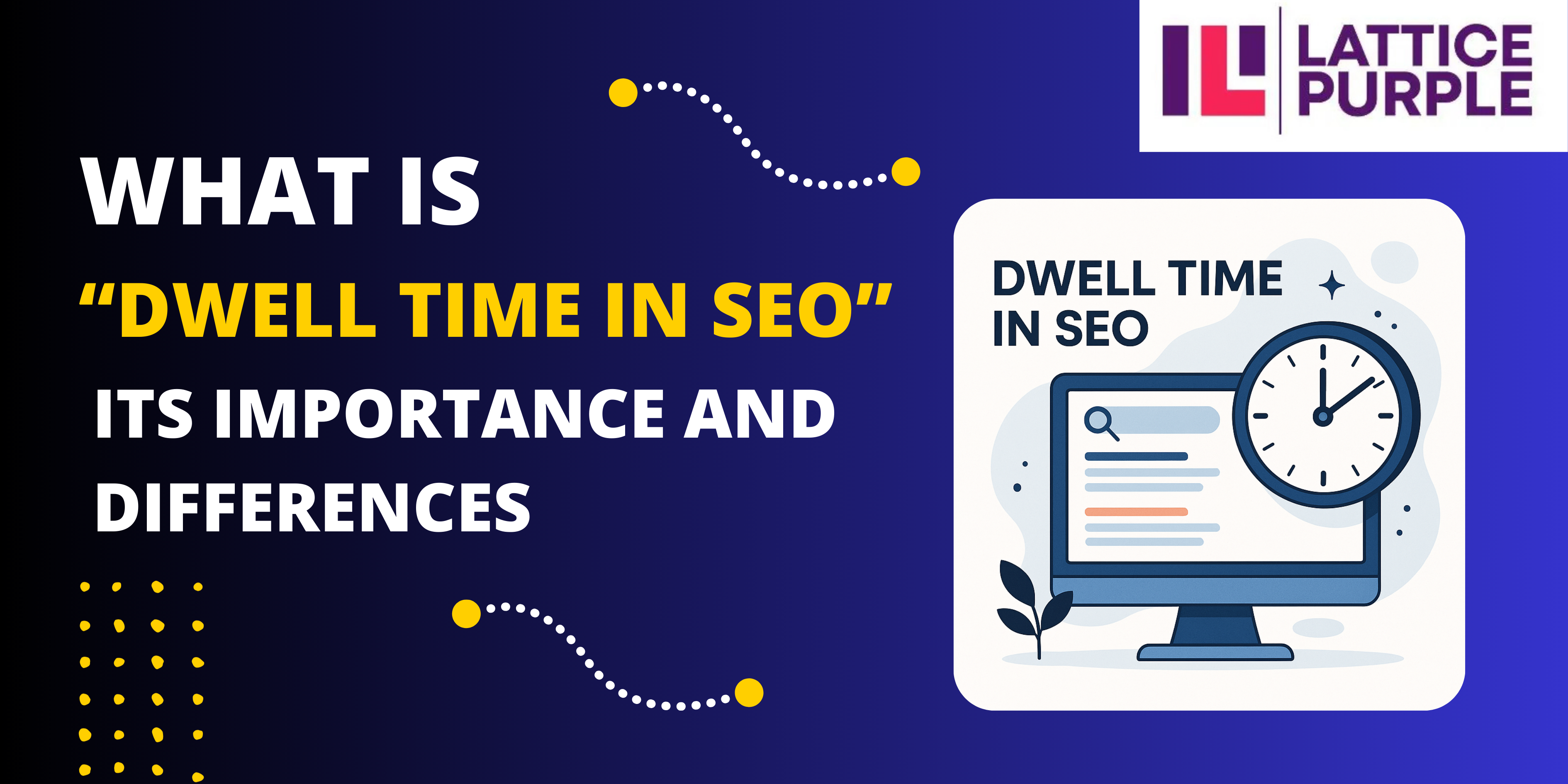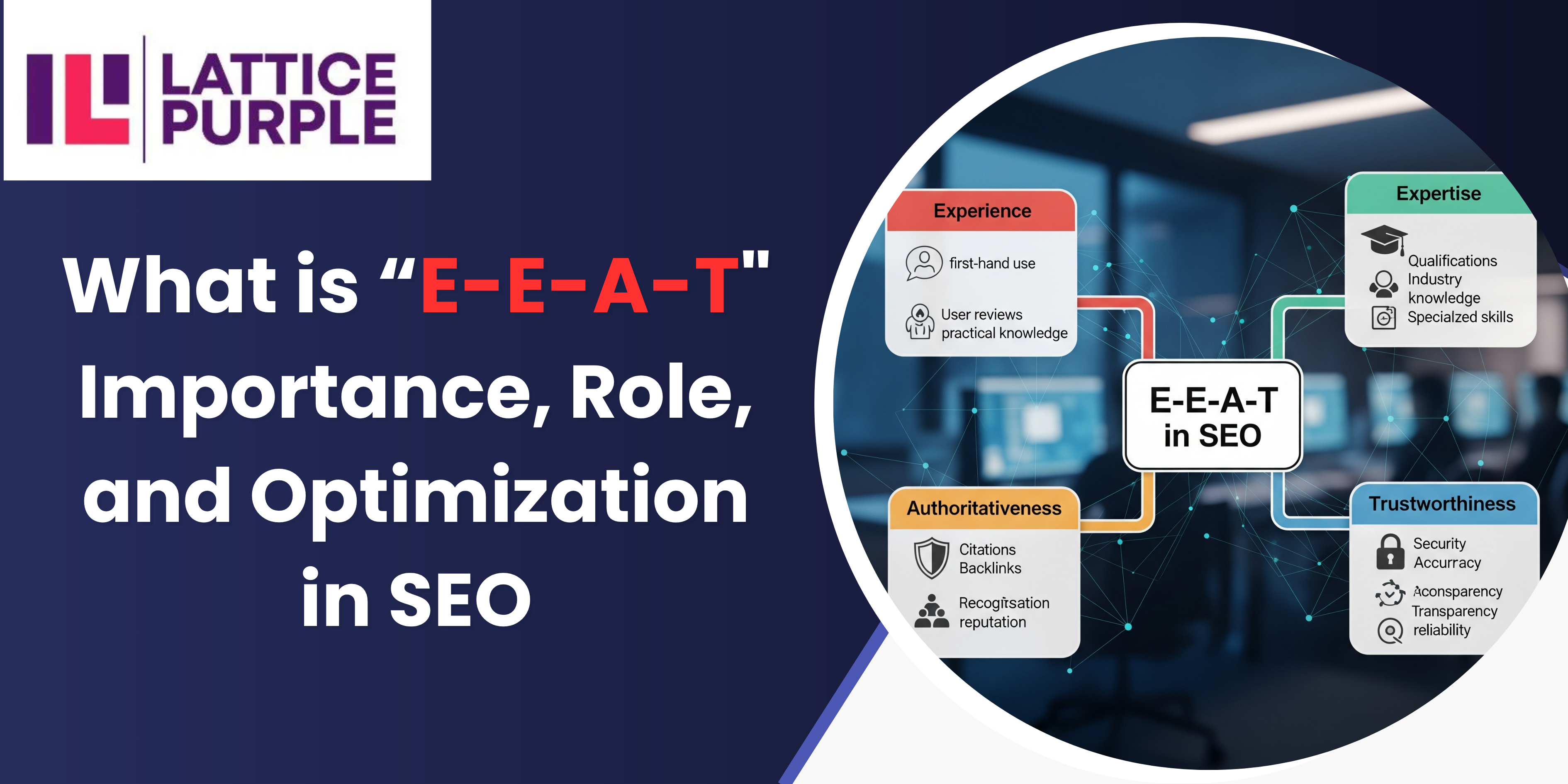
The Future of Search: AI-Powered SEO Automation & Optimization in 2025
The world of search engine optimization is on the brink of a revolution. AI-powered SEO automation is set to redefine

The world of search engine optimization is on the brink of a revolution. AI-powered SEO automation is set to redefine

The Importance of Understanding Your Online Audience In today’s fast-paced digital world, understanding your online audience is more crucial than

Introduction: Unpacking the Keyword Confusion In the vast and ever-evolving world of Search Engine Optimization (SEO), data is king. Every

Why GA4 Skills are Non-Negotiable in Today’s Data Market The shift from Universal Analytics (UA) to Google Analytics 4 (GA4)

Google My Business (GMB) is a powerful tool for local businesses. It helps you connect with customers searching for services

One of the key metrics that frequently arises in discussions among marketers is “dwell time”. This metric is often seen

Search engine optimization (SEO) continues to evolve rapidly, particularly with the rise of Experience, Expertise, Authoritativeness, and Trustworthiness (E-E-A-T) as

Large Language Models (LLMs) – like ChatGPT, Google Gemini, and Claude – are revolutionizing the way we access, process, and

The phrase “people also search for” (PASF) might seem like a simple addition to Google search results, but for marketers,

The rise of artificial intelligence has revolutionized the way we interact, work, and innovate, with Large Language Models (LLMs) at
